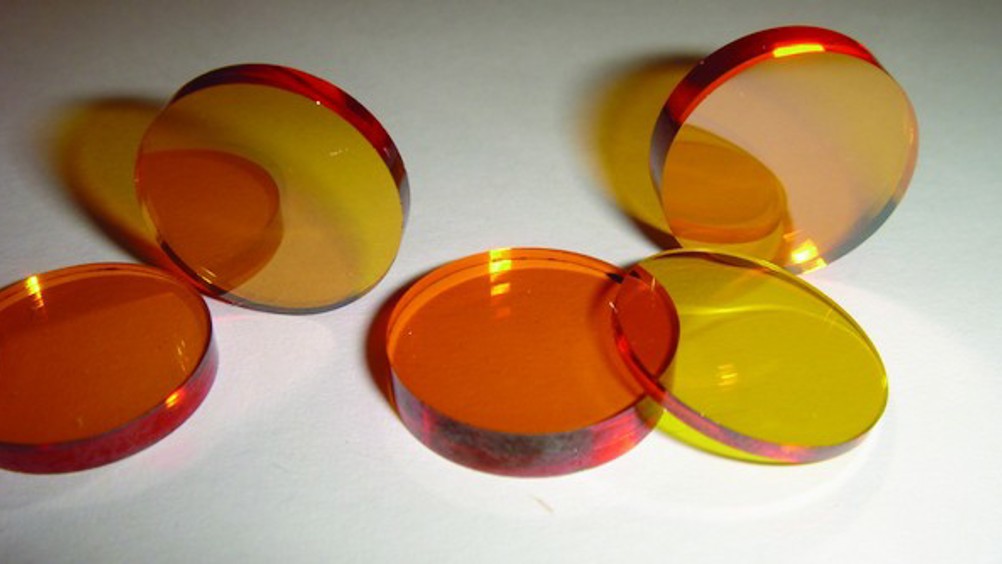Sulphur-based fibres speed up optical computing
Computers that function like the human brain could become a reality thanks to new research using optical fibres made of speciality glass.

The research, published in Advanced Optical Materials, is claimed to have the potential to allow faster and smarter optical computers that learn and evolve.
Researchers from the Optoelectronics Research Centre (ORC) at Southampton University and Centre for Disruptive Photonic Technologies (CDPT) at the Nanyang Technological University (NTU), Singapore, have demonstrated how neural networks and synapses in the brain can be reproduced, with optical pulses as information carriers, using special fibres made from chalcogenides.
In a statement, co-author Prof Dan Hewak from ORC, said: ‘Since the dawn of the computer age, scientists have sought ways to mimic the behaviour of the human brain, replacing neurons and our nervous system with electronic switches and memory.
‘Now instead of electrons, light and optical fibres also show promise in achieving a brain-like computer. The cognitive functionality of central neurons underlies the adaptable nature and information processing capability of our brains.’
Register now to continue reading
Thanks for visiting The Engineer. You’ve now reached your monthly limit of news stories. Register for free to unlock unlimited access to all of our news coverage, as well as premium content including opinion, in-depth features and special reports.
Benefits of registering
-
In-depth insights and coverage of key emerging trends
-
Unrestricted access to special reports throughout the year
-
Daily technology news delivered straight to your inbox










Fusion inches closer as ITER completes magnet system
I believe the purpose of ITER isn't to make usable power, it is a research project which will be used to design the first generation of actual...